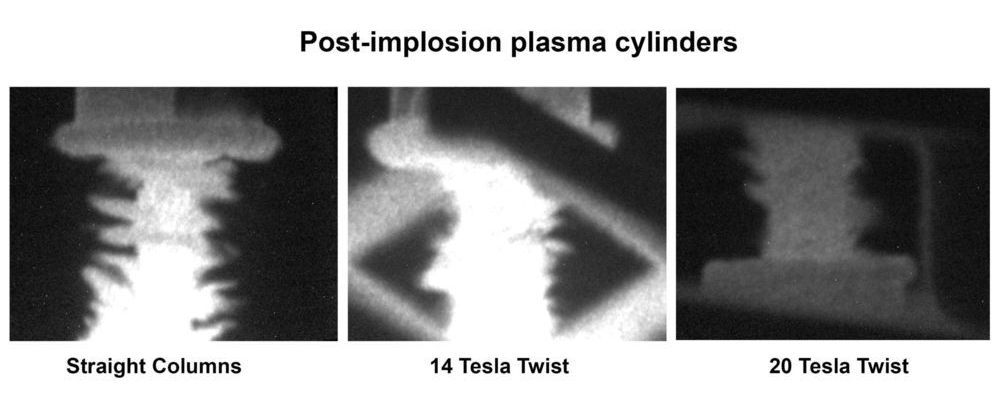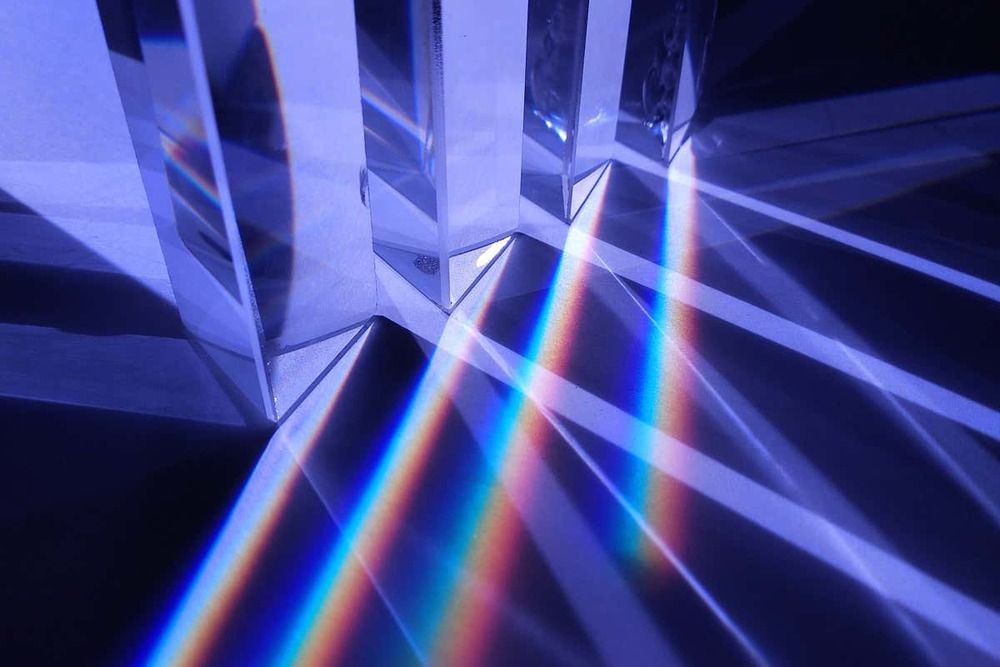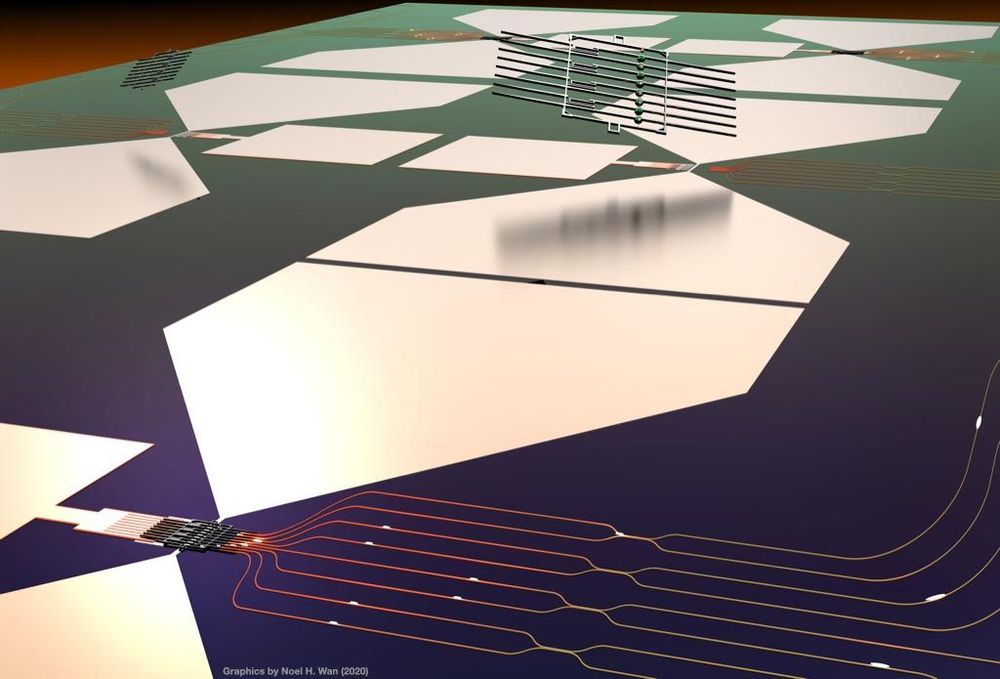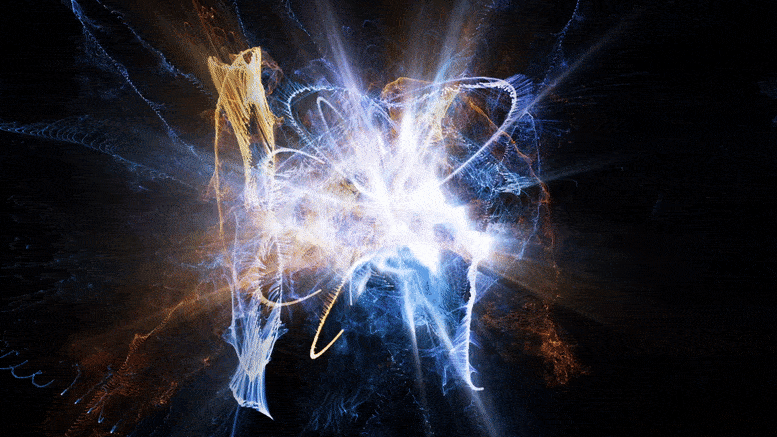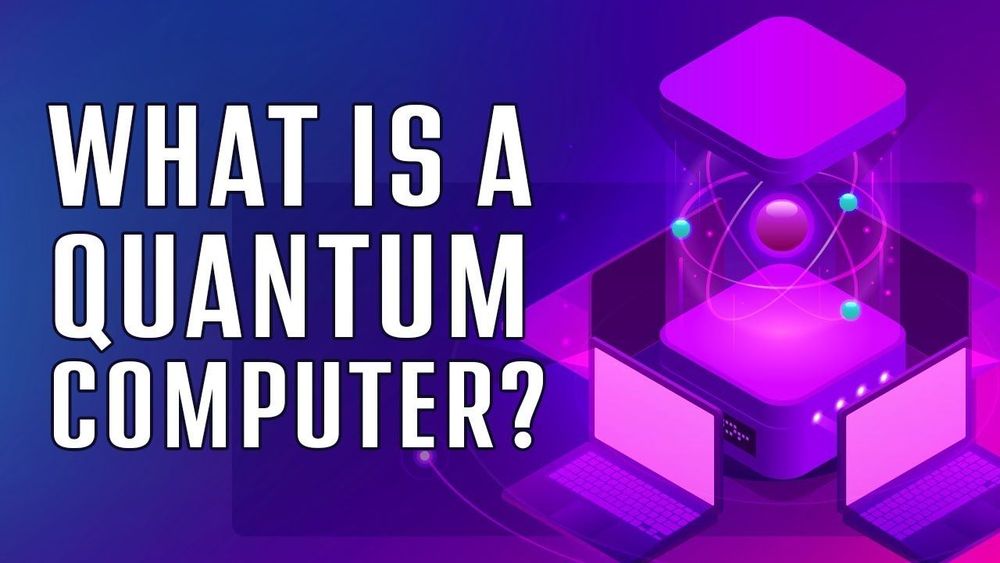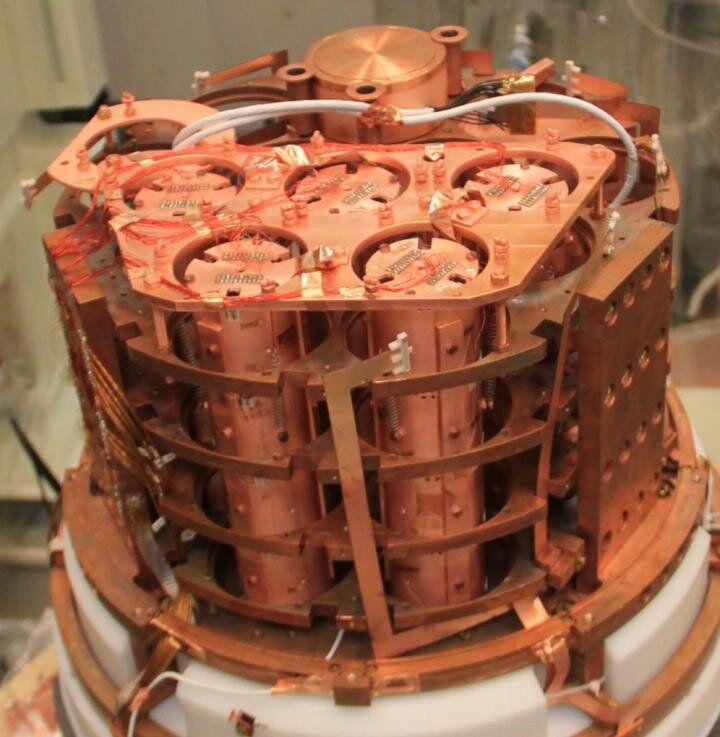Jul 15, 2020
Twisting magnetic fields for extreme plasma compression
Posted by Quinn Sena in categories: nuclear energy, particle physics, quantum physics, space
A new spin on the magnetic compression of plasmas could improve materials science, nuclear fusion research, X-ray generation and laboratory astrophysics, research led by the University of Michigan suggests.
The study shows that a spring-shaped magnetic field reduces the amount of plasma that slips out between the magnetic field lines.
Known as the fourth state of matter, plasma is a gas so hot that electrons rip free of their atoms. Researchers use magnetic compression to study extreme plasma states in which the density is high enough for quantum mechanical effects to become important. Such states occur naturally inside stars and gas giant planets due to compression from gravity.
